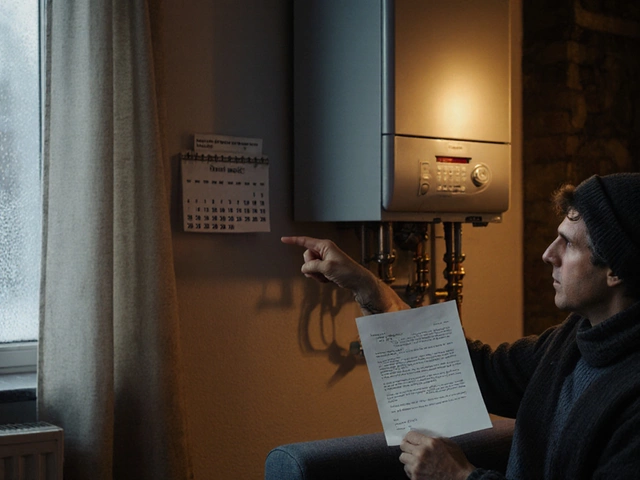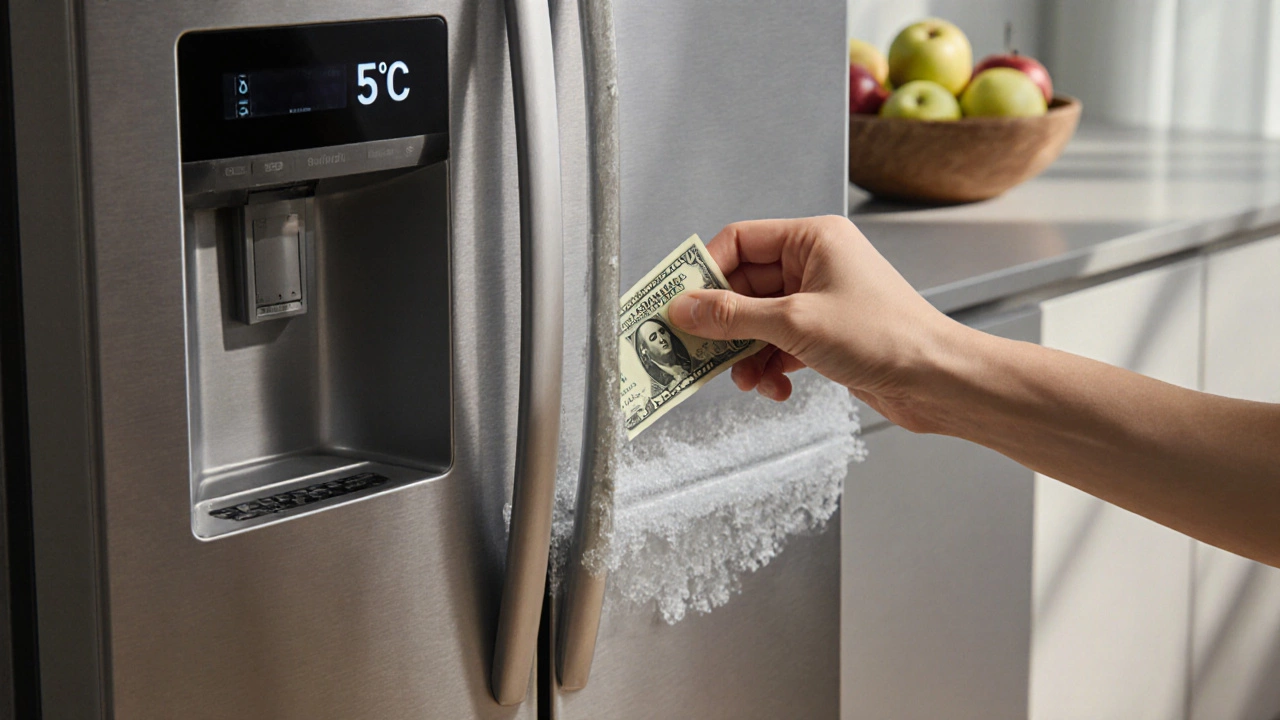Fridge Repair Symptoms
When dealing with fridge repair symptoms, the signals that a refrigerator isn’t working right – from odd noises to temperature swings. Also known as refrigerator problems, they usually point to a specific part that’s failing. Spotting the right sign early can save you a pricey part replacement. For example, a classic clue is refrigerator not cooling, when the interior stays warm despite the thermostat being set low. That symptom alone tells you the cooling loop is compromised. Fridge repair symptoms are not random; they form a pattern that helps you narrow down the culprit without guessing.
Key Signs to Look For
One of the most overlooked triggers is a faulty door seal, the rubber gasket that keeps cold air inside the cabinet. If you feel a draft or notice water around the edges, the seal is likely leaking, causing the unit to work harder and raise your energy bill. Another common indicator is an erratic thermostat, the control that tells the compressor when to start and stop. When the thermostat misreads the temperature, the fridge may over‑cool, freeze food, or under‑cool, leaving leftovers warm. Checking the thermostat is as simple as resetting it or listening for a click when you adjust the dial. Together, door‑seal integrity and thermostat accuracy shape the overall performance, and any deviation often leads to the temperature fluctuation symptom mentioned earlier.
The heart of most fridge issues is the compressor, the motor that pumps refrigerant through the system to create cold. A humming sound that suddenly stops, or a click followed by silence, usually signals a compressor that’s seized or overheated. When the compressor fails, the entire cooling cycle collapses, turning a mild cooling loss into a total shutdown. Other related components, like the evaporator fan and defrost timer, also affect the symptom set. A noisy fan often points to ice buildup, while a timer that won’t run can cause frost to pack the coils, both resulting in the same “not cooling” sign. Understanding how these parts interact gives you a clearer picture of why the fridge behaves the way it does.
Armed with these clues – from door‑seal wear and thermostat quirks to compressor health – you can decide whether a quick fix will do or if a professional repair is the smarter move. Below you’ll find a collection of guides that walk through each symptom in detail, show you step‑by‑step checks, and explain when it’s time to call an expert. Dive in to get the hands‑on advice you need to keep your fridge humming smoothly.






